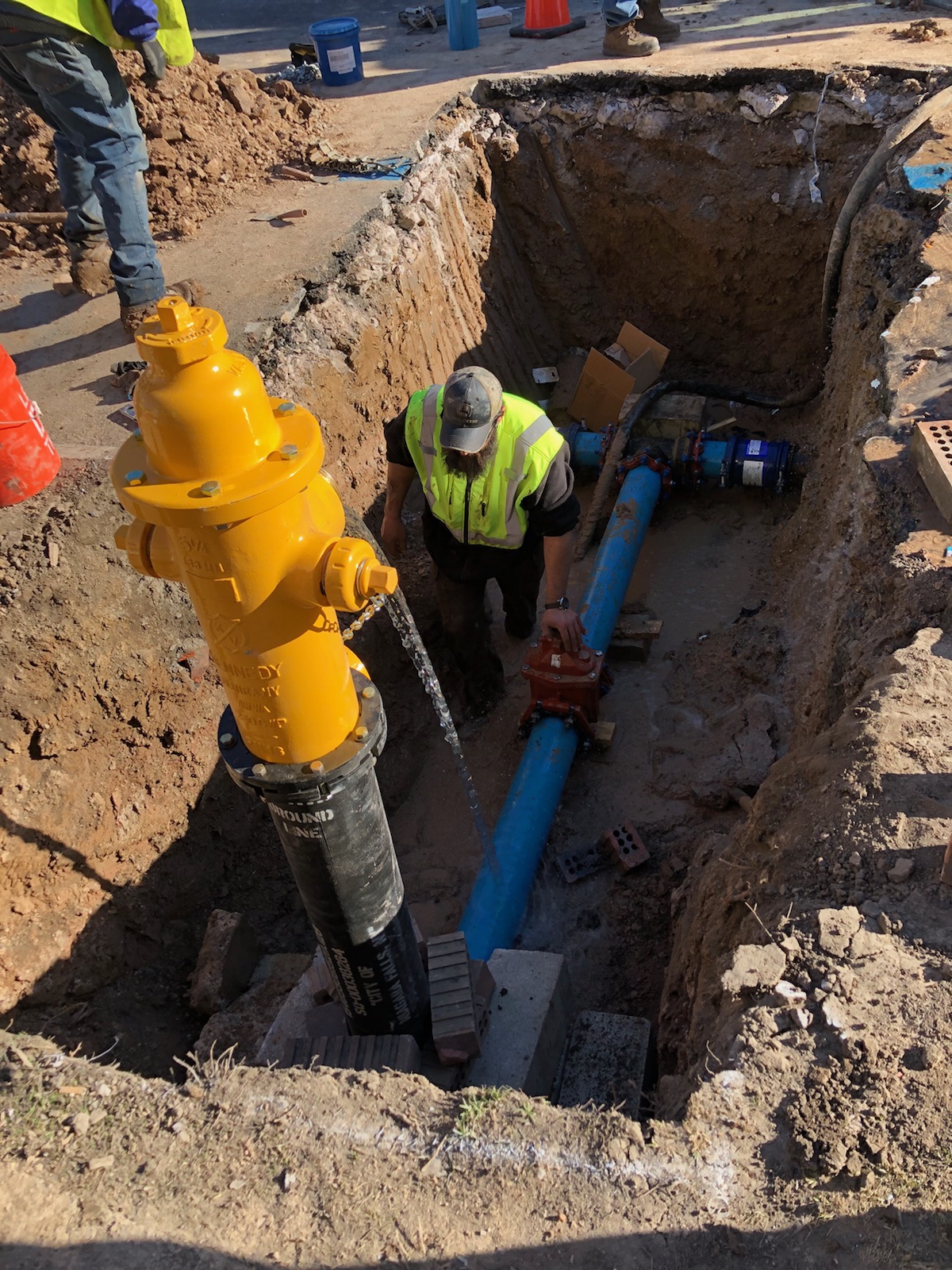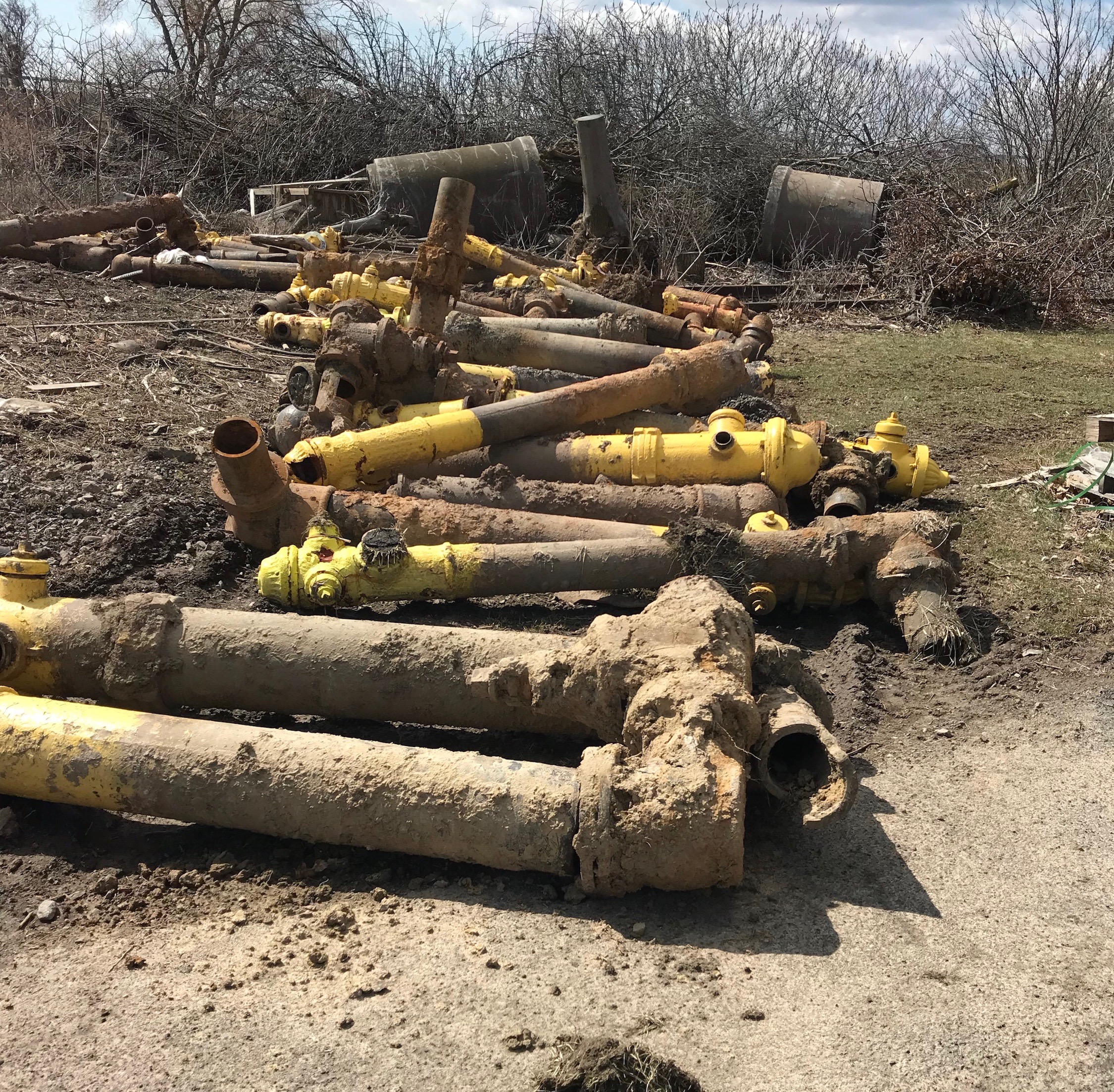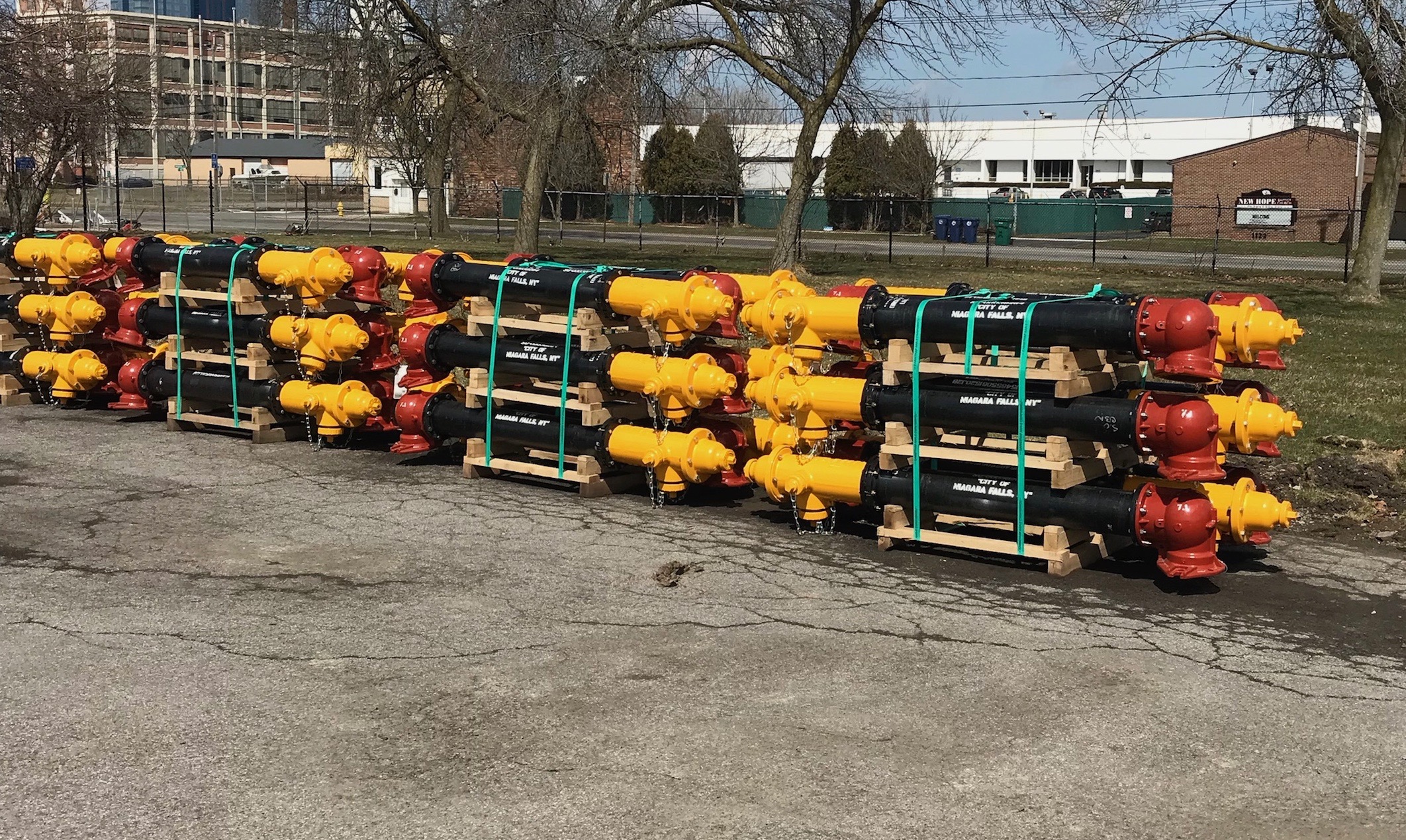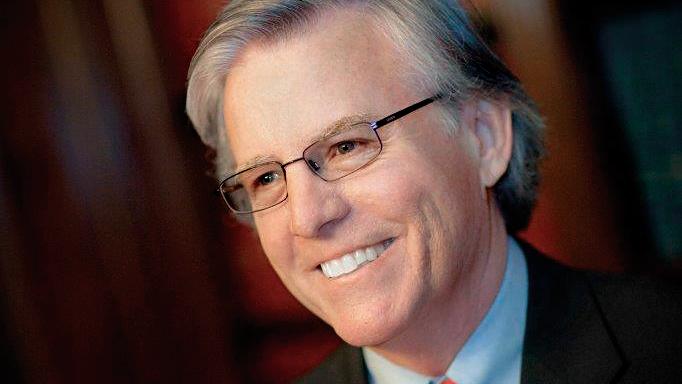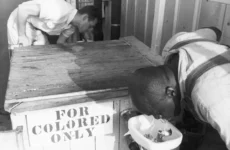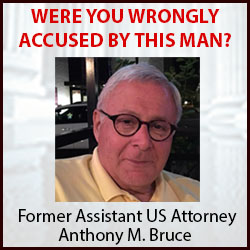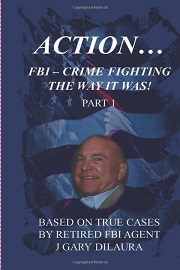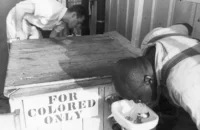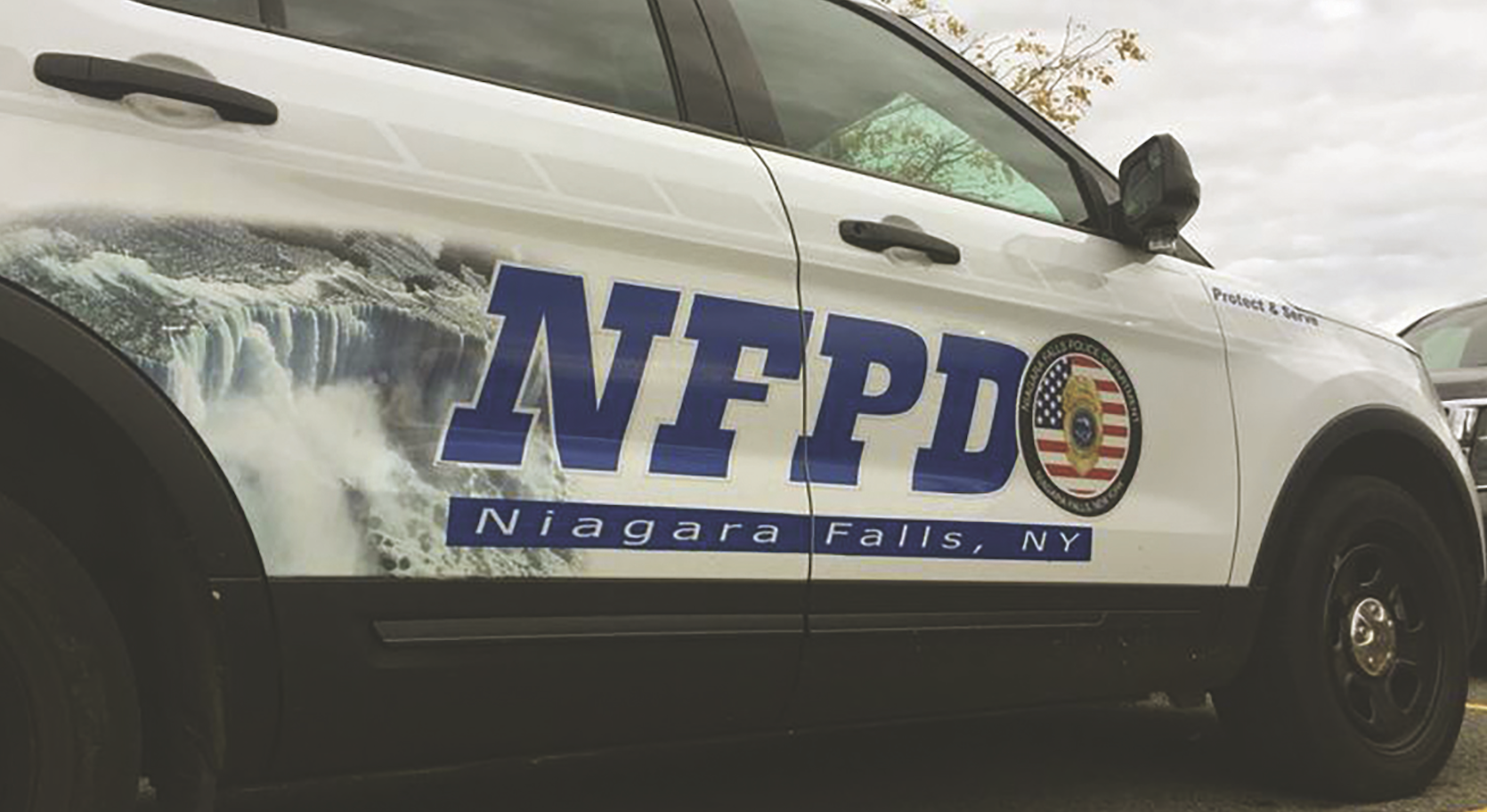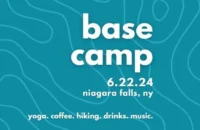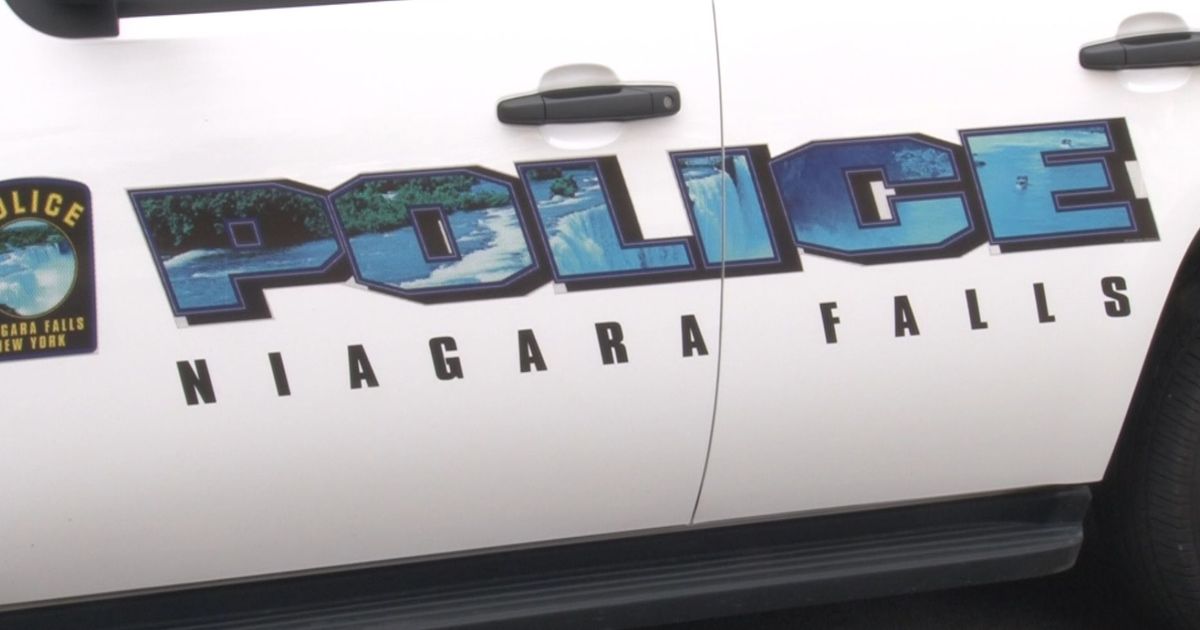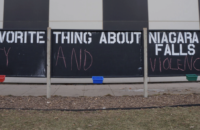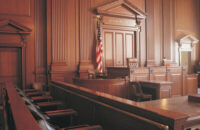Please click the link below to subscribe to a FREE PDF version of each print edition of the Niagara Reporter
http://eepurl.com/dnsYM9
First Time in 30 Years all Hydrants Expected to Work
By Frank Parlato
There is little doubt that changes are occurring rather rapidly at the Niagara Falls Water Board.
Ever since Nick Forster and Dan O’Callaghan became board members in 2017 things are happening fast. O’Callaghan is chairman of the Water Board. Forster- a member of the five person Water Board – is also chairman of the Niagara County Democratic Party.
Some thought when he was first appointed by the Niagara Falls City Council that his was a purely political appointment. In this case those who thought so appear to be wrong.
Putting politics aside – since we all drink water – regardless of party affiliation – Forster and O’Callaghan have taken a novel approach to being a board member, something virtually unheard of in the history of the Water Board.
They have taken a hands-on approach to managing the Water Board. The changes have been dramatic.
In previous weeks we reported that the Board:
- Appointed a top shelf executive director, Rolfe Porter, a former Cleveland Ohio deputy commissioner of water who has also worked in Buffalo as a chief engineer.
- Changed the curious rule of the ethics code prohibiting board members from speaking to union employees at the water board.
- Addressed employee grievances and violations of collective bargaining agreements.
- Cut massive overtime abuses.
- Fixed a record number of leaks – and during regular working hours.
- Eliminated the huge backlog of leaks that has plagued Niagara Falls for years.
- Cut by more than half the underground water leakage/wastage of treated water.
- Set in motion a campaign to get residents to realize that Niagara Falls has the cleanest, safest water in the USA; and is far better [and far less expensive] than plastic-laden water purchased in plastic-bottled water.
Another thing Forster and O’Callaghan – with help from Porter – insisted on doing – is fix the fire hydrants.
Call it a symbol of an efficiently run water board: These men resolved to make sure that every single fire hydrant in the city actually worked.
Maybe it is a matter of pride. A lot of things in this city don’t work. But when they first came on board, – all three of them – Forster, O’Callaghan and Porter – they learned – to their immense surprise – that, out of the city’s 2600 fire hydrants, some 152 did not work.
It may not sound like much, a mere seven percent or so — but if the fire hydrant near your house doesn’t work – and you might never know it until the once in a lifetime need for it – you would be awfully blue about it.
For Forster and O’Callaghan, they did not want to risk it. Porter with his enormous experience backed them up in this: A well run city does not allow any fire hydrant to be broken. They fix them, they test them and the constantly monitor them.
And here in the Falls, 152 did not work. Some were not even hooked up to the water main.
In their zeal to do this hydrant fix, they found out that the last time every ingle hydrant worked was in 1980 – almost 40 years ago.
Fast forward one year and – as of April 3, 2018 – the total number of fire hydrants not working in this city are nine, down from 152 and Forster said – the last nine will be replaced next week.
Once every broken fire hydrant is replaced, the Water Board will then test them to ensure they not only work, but work properly, with proper water flow or pressure – the amount that is needed to put out a fire.
“We have to test every hydrant so that the public can rest assured that every hydrant in Niagara Falls has been tested for water flow,” said Forster. “It’s the only way we can know whether or not the hydrant is working as it should.”
For the first time in years, the Water Board will test hydrants by flushing the system and afterwards putting a system in place to do it regularly.
“It makes sense,” Forster said, ”for it’s what you or I would want and expect – a working fire hydrant – in the event of a fire. I would call it a basic necessity.”


